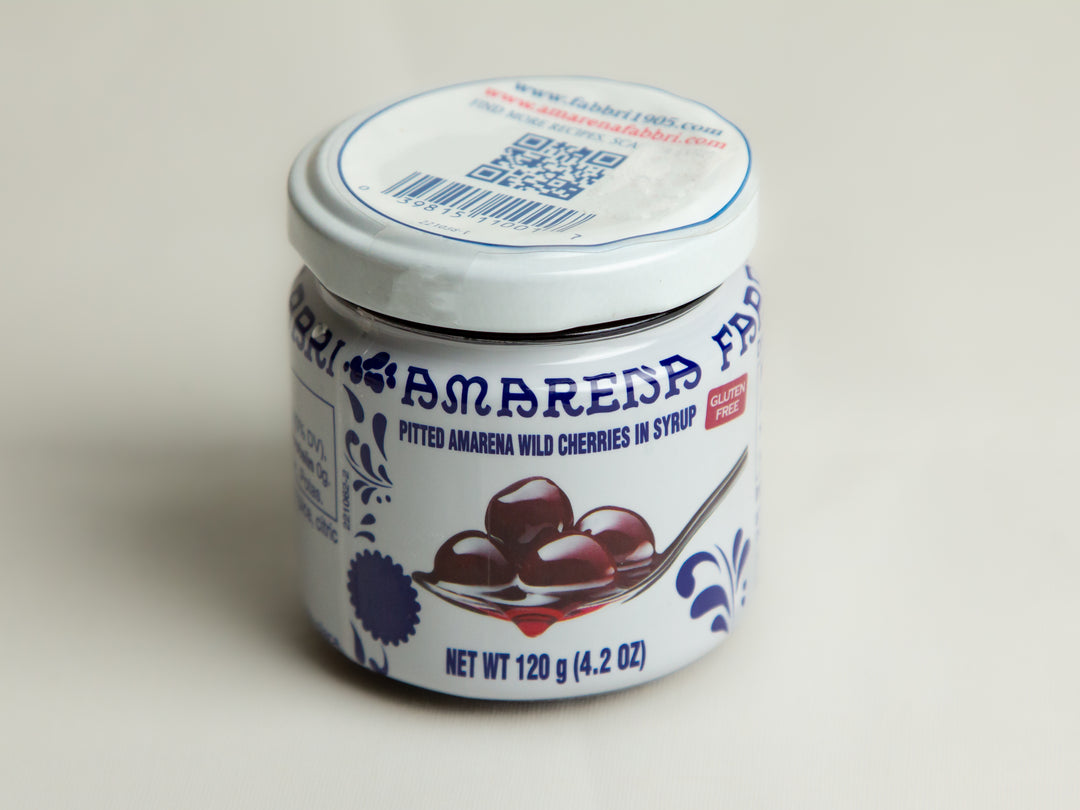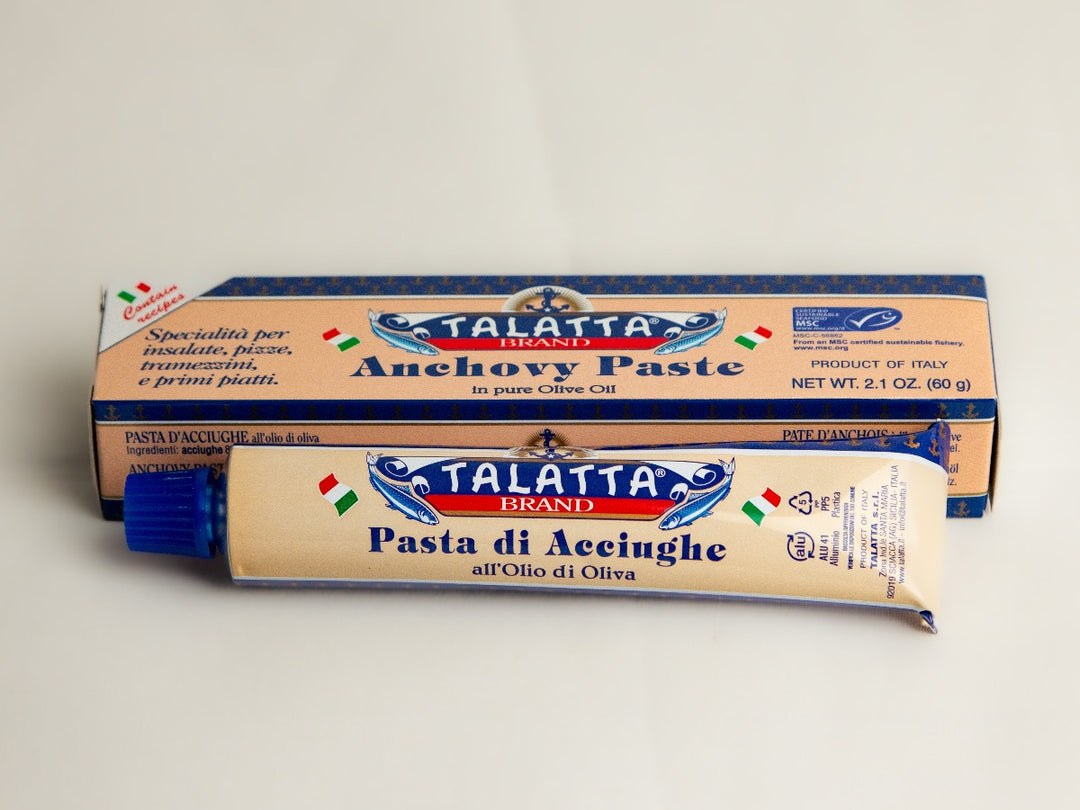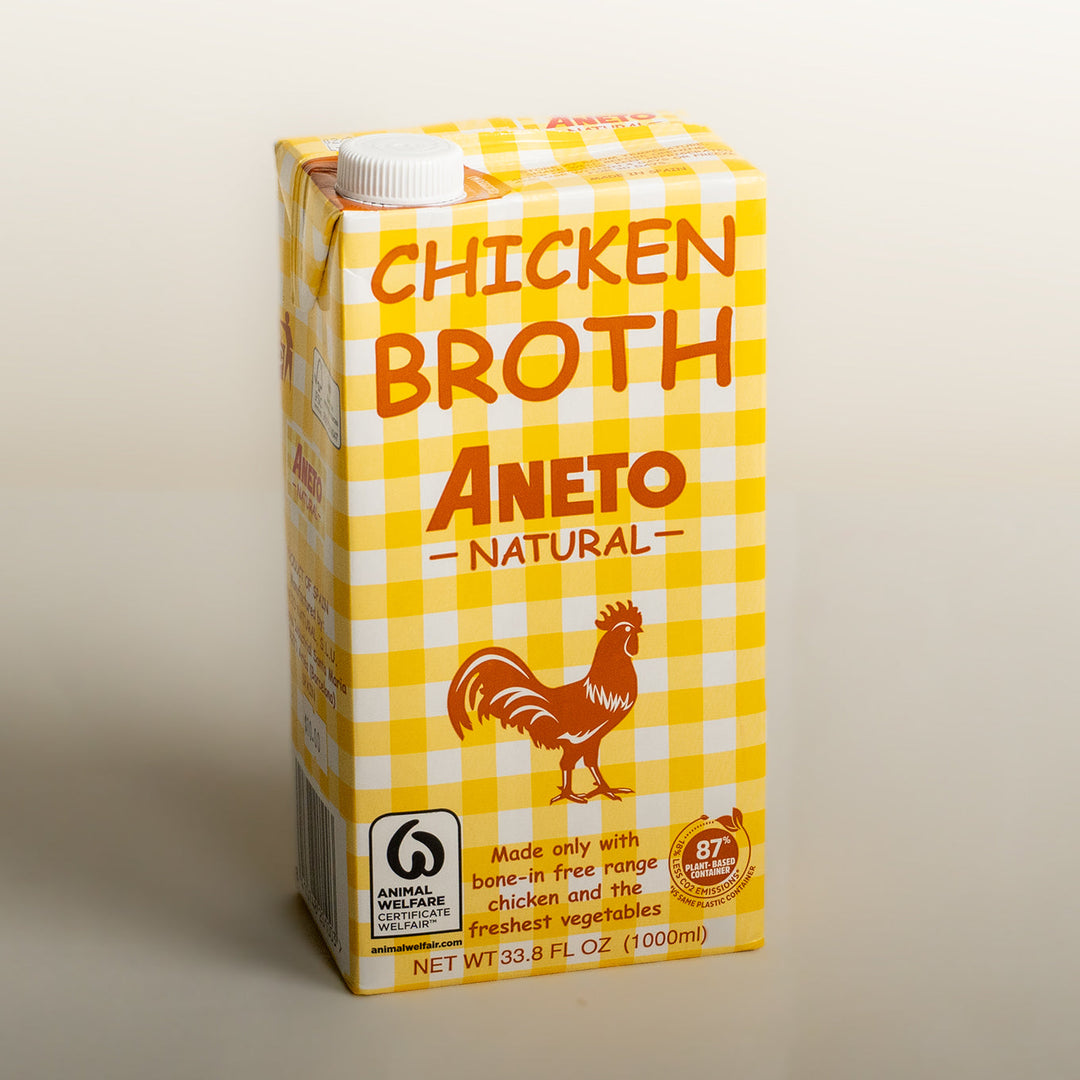A California pasta destination that's breaking from the Old World mold

At Etto, a small pasta shop in Paso Robles, aproned workers pull long strands of fettuccine out of a machine that looks like a Play-Doh Fun Factory made of steel. It’s not exactly like being in Italy, but for travel-starved locals last year, the illusion sufficed. “People would come in and say, ‘We were supposed to go to Italy, but we couldn’t go. So we decided to come to you,’” recalls owner Brian Terrizzi.
An avid traveler himself, Terrizzi knows a thing or two about la dolce vita. Since 2003, Terrizzi has taken yearly trips to Italy — the real one — to visit his mentor, Paolo DeMarchi of Isole e Olena in Tuscany. Back then, Terrizi was just getting his own Paso winery, Giornata Wine, off the ground. The winery has since become a staple of the Paso wine loop (it’s known for Italian grape varietals, like sangiovese and nebbiolo.) But lately, it’s the pasta that keeps people coming back.
Etto, which specializes in both fresh and dried pasta, opened in 2018, and at the beginning, the operation was small. “There were days we’d make a couple batches of pasta; we’d sell two bags of it and make $12,” he says. But word began to spread. Soon, restaurants all over San Luis Obispo County — none of whose menus were strictly Italian — were rushing to support the fledgling pastificio.
For chefs, the pasta was an easy sell: It saved them time and money in the kitchen, and the quality was high. But for diners, particularly those interested in a locally made product, it was even more so. Iterations of Terrizzi’s pasta began appearing on menus around town. And the response was enthusiastic, to say the least. “It started outselling everything else,” Terrizzi recalls. At Hatch, a trendy barbecue spot in downtown Paso, Etto fettuccine comes with house-smoked salmon, peas and asparagus; it’s coated in a creamy lemon-tarragon sauce. Around the corner, upscale French bistro Les Petites Canailles pairs Etto’s creste di gallo with spring carrot and parmesan puree, braised fennel and bee pollen.
With so many avenues to get his pasta out there (it’s even served in public school cafeterias around town), Terrizzi has to hustle to keep up with the demand. “We’ve never been able to make enough pasta,” he admits. “We sell online, in store and to restaurants. But we’re always trying to keep up.”
The explosive popularity of Terrizzi’s pasta doesn’t exactly surprise him, though. “Maybe I’m biased, but I think pasta is one of the most perfect foods on the planet,” he says, pausing in the back of his shop. It’s a Tuesday, which means ravioli day, so he’s standing over a tray with symmetrical rows of ricotta-filled pouches, before they’re cut into individual squares. They look like celluloid film strips made of dough. “Pasta has been around for thousands of years,” he continues. “They think it originated on the spice trade through the Arabic desert and came to Sicily.” The goal back then was simply to preserve wheat. “It’s so ancient, but it’s still so popular.”
Of course, Terrizzi, who looks like a more fleshed-out version of Hugh Laurie, with a neat side part and a calm, attentive air, didn’t know any of this when he started Etto in 2018. A third-generation Italian American (his grandparents came from Messina, Sicily), he grew up visiting his grandparents for large, family-style feasts every Sunday. His knowledge of pasta came from watching his grandmother in the kitchen. “We used to make ravioli together,” he says. Later, as a fledgling winemaker in the early 2000s, he began taking yearly trips to Tuscany for wine conferences and trade shows. These pilgrimages allowed him to cultivate his pasta passion, until it became a full-blown obsession. “Everywhere I go, I read about pasta. I have this vast, expanding encyclopedia of useless pasta facts in my head,” he jokes.
Before opening Etto, Terrizzi traveled to Naples, known as the birthplace of dried pasta, where he toured local pasta factories. One night, he sat down to dinner at his agriturismo, or farm hotel, where the owners grew everything they cooked. They served cavatappi, a kind of ringlet-shaped macaroni, with eggplant involtini (grilled eggplant slices wrapped around a cheese filling), in a simple tomato sauce. The whole thing was drizzled in a white cream made from fresh mozzarella. “I’ve never had anything so good in my life,” Terrizzi raves. “The flavors were so vibrant and overwhelming, but still very balanced.” He tried (unsuccessfully) to recreate it when he came back to California, though the dish helped convince him that Etto, a business centered around traditional pasta making and simple ingredients, could hold serious appeal.
Terrizzi spends an inordinate amount of time thinking about the ways Italians eat. “There’s something about the food in Italy,” he reflects. “Everything is planted in the right place. It’s all seasonal. The flavors are perfect. They wouldn’t do it any other way.” It’s this uncompromising attitude toward food he’s most enthralled by, and though California is practically ground zero for organic, farm-to-table dining in the U.S., he admits we still have a long way to go. “Here, we like to say we live like that. But we don’t really, not to that level.”
On that trip in 2018, Terrizzi studied the water the pasta makers used in their dough. Surprisingly, it almost perfectly matched the hard water that comes out of taps here on California’s Central Coast. The white, chalky soil, too, was consistent between the two places. “For whatever reason, Paso and the area around Naples are very similar, in terms of distance to ocean, soil type and climate.”
What didn’t match up, he noticed, were the cultural attitudes toward pasta. In Italy, pasta is only one aspect of a balanced meal; as the primo course, it typically comes between the antipasto and the secondo piatto, or entree. It’s also served in modest, 100-gram servings (an etto is one hundred grams, hence the name), to leave room for other small dishes. “That’s the most you should eat,” he says. Contrast that with Olive Garden’s “never ending” pasta bowls, and you might start to understand why so many Americans equate pasta with high calories and feeling bloated.
But as Terrizzi points out, it’s a question of proportions. “A hundred grams of pasta has 12 grams of protein,” he says. “Dried pasta is also low on the glycemic index; lower than any other carbohydrate. If you have diabetes, you won’t get sugar spikes while eating pasta.” For vegans and ecologically minded eaters, he says, pasta checks all the boxes. There are just two ingredients: organic durum semolina flour and water. (Impossible burgers require around 20.) Terrizzi calls it the “original plant-based food.”
These days, when folks on the fence about pasta come into the store, Terrizzi is quick to set the record straight. “People tell me, ‘Oh, this is my cheat food.’ I say, ‘I just want you to know, this actually doesn’t have to be your cheat food. This could be a staple.’”
Sticking to Terrizzi’s rule of just 100 grams can feel like a challenge. The pasta is that good. And all it takes is one visit to the shop — where pasta making occurs almost every day of the week — to see why. During production, Terrizzi uses traditional bronze dies to extrude the dough. The metal parts are costly and imported directly from Naples; and they give the finished pasta a rough, grainy texture. Practically speaking, this helps sauce stick to the shapes better. But it also makes for a more robust, pleasantly springy and complex mouthful. Stopping after just one bowl is, well, disappointing.
Most mornings, Terrizzi and his team of pastai (that’s Italian for pasta makers) can be seen bustling around the small work area in the back of the shop, mixing, rolling and cutting the golden dough. Mondays are the busiest, as that’s when all the restaurant orders come in; each week, the shop averages about 1,000 pounds of pasta, from mainstream favorites like spaghetti and ziti to more obscure cuts like Sicilian casarecce, ruffle-edged reginette Napoletane and radiatori. Seeing the red square boxes of dried pasta stacked in neat rows, it’s hard not to feel like they’re one-of-a-kind souvenirs, waiting to be taken home, rather than just items on the grocery list. (Even if you don’t buy, admiring all the different shapes — 30 in total — is a treat.)
Terrizzi is a fan of old-timey Italian markets around the U.S., like Di Palo’s in lower Manhattan (now in its 111th year), the Mission’s Lucca Ravioli Co. (sadly shuttered in 2019) and Sam’s Italian Deli & Market in Fresno, though he admits they’re a dying breed. Instead of those antiquated places, Terrizzi modeled his own shop after the local markets in (you guessed it) Italy proper. This, he says, allows him to focus on regional produce. A small pantry near the cash register holds fresh arugula, kale and tomatoes; on another shelf, there’s handmade soppressata from Alle-Pia, a local salami company 10 miles away.
His efforts seem to be paying off. Before Etto, Terrizzi’s winery, Giornata, had a modest but steady flow of in-store customers. Now, the shop welcomes an average of 100 people a day. Often, the first thing they say when they walk inside is, “You should open one of these in the Bay Area.” (No such plans are in the works, though eventually, Terrizzi hopes to supply restaurants in both San Francisco and LA.)
Over the past year, California’s stay-at-home orders served Terrizzi’s business well, as more folks began cooking at home than ever before. They got adventurous, he says, trying new recipes and incorporating different pasta styles into their meals. Some were buying flour and experimenting with making their own pasta from scratch. Terrizzi is hopeful that the trend will linger even after the pandemic is over. “Once you start cooking and eating well at home,” he says, “and working with good ingredients, it kind of becomes habitual, you know?”
It’s worth noting that you don’t have to be a card-carrying Italophile to enjoy Etto. You might have a passing interest in the country, or none at all. You just have to love — and I mean really love — pasta. With his in-store demonstrations and enviable stash of edible imports, Terrizzi is proving that good pasta is worth traveling for. The trip might just be shorter than you think.
Etto Pastificio, 3070 Limestone Way, Paso Robles, California; telephone: 805-400-3193












Leave a comment